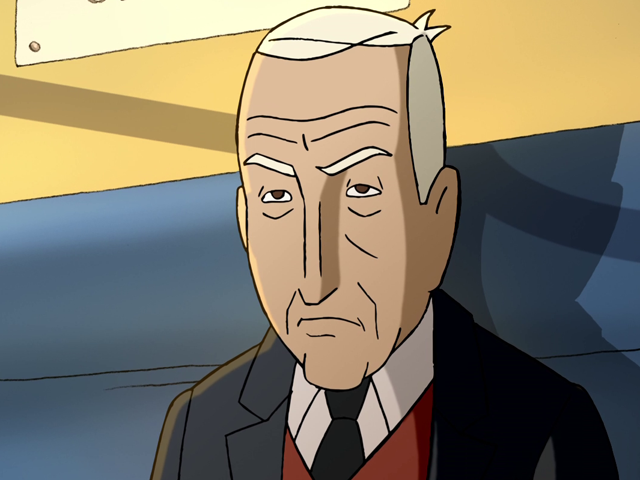
“Will you help me?” Cue the tender male camaraderie at which Roca excels, the home’s catatonic boredom briefly enlivened by the two men’s doomed escape bid.Īccompanying the beautiful details are vertiginous shifts in perspective.

“I’ll do anything not to end up there,” Ernest begs his guide.

“By the time she gets to reception,” he cackles, “she’ll have forgotten why she’s there.”Įven dodgy Émile, however, balks at showing his new friend the home’s most hellish circle: the dreaded first floor, to which the hopeless cases are transferred. In the corridor outside, Émile gulls a muddled old lady into paying him to give her directions to the telephone. In one scene, deafness and dementia turn a bingo session into noisy farce. The rows of vinyl wing-backed chairs, the porthole windows in the double doors – all form a cold poetics of place from which Roca coaxes sparks of warmth and life. Roca spent many months touring such homes, distilling what he saw and heard into his spare, uncluttered panels. Playing Virgil to Ernest’s bewildered Dante, Émile introduces us to the denizens of the home: the seated statues in the day room, the vacant-eyed lunch companions. He meets his stocky roommate, Émile, a character who hovers tantalisingly between twinkly-eyed rogue and something more mafioso. Wrinkles opens as Ernest, an ascetic former bank manager, is deposited in a care home following a number of “senior moments”. A stranger to cynicism, Roca portrays the world through a kind of tough sweetness, which is possibly the best way to contemplate the degradations of Alzheimer’s, and not look away. All his creations depict, he says, “people struggling to fit in”. Since the success of Wrinkles, Roca’s other graphic novels have included an adaptation of Kafka and works of fantasy and history.

His autobiographical strip in El País, a visual blog of crisis-era Spain, has a loyal readership.

Not unlike a Mediterranean Posy Simmonds, Roca has an unerring eye for the surfaces and tics of everyday middle-class life.


 0 kommentar(er)
0 kommentar(er)
